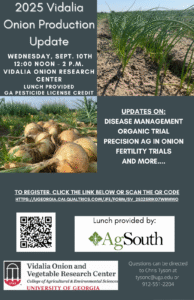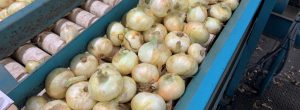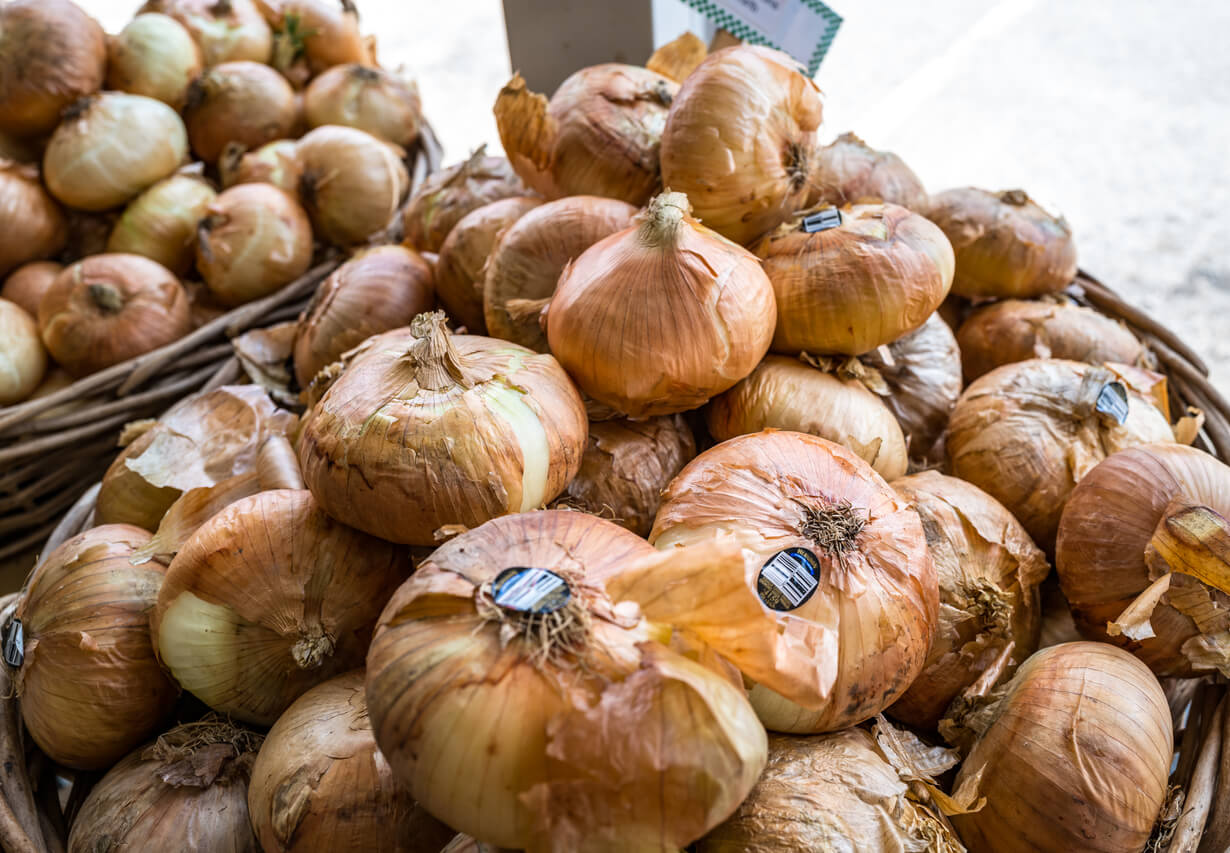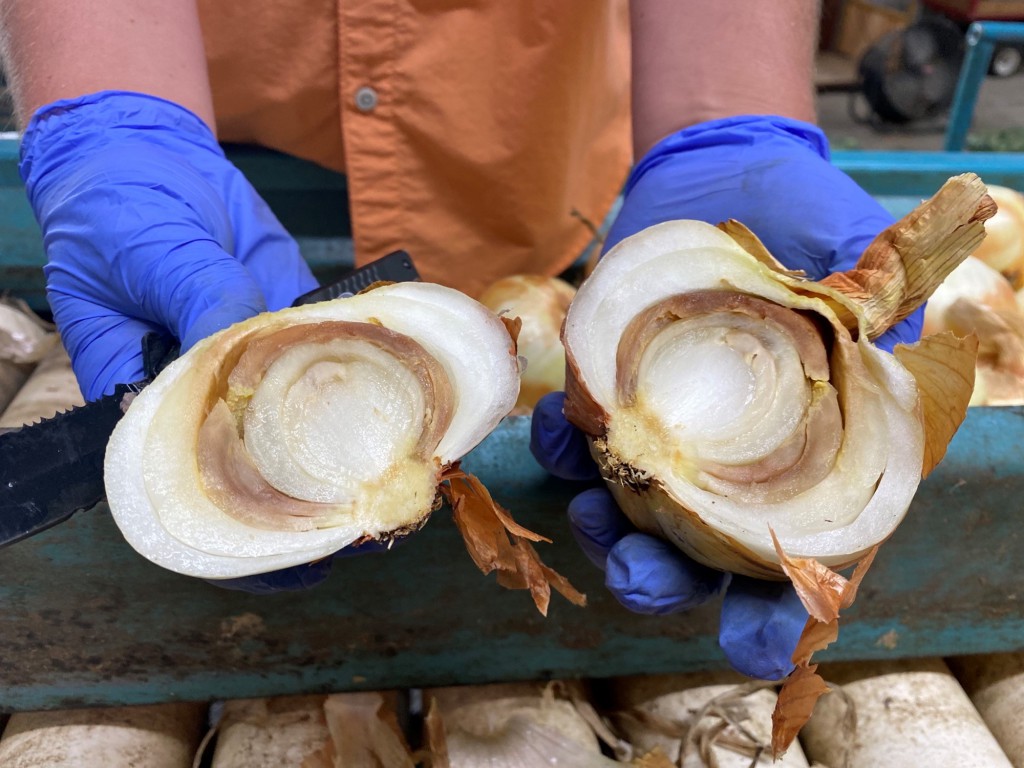Vidalia Onion and Vegetable
Our Work and Purpose
The Vidalia Onion and Vegetable Research Center is located between Reidsville and Lyons in Toombs County on Highways 178 and 147. The facility is administered in five buildings on 3 acres of land owned by the University of Georgia College of Agricultural and Environmental Sciences.
Two 11-acre tracts on a long-term lease from the Georgia Forestry Commission provide researchers and staff land to conduct studies and educational demonstrations.
The center was established in 1999 primarily to provide research on Vidalia onions, and 6-7 acres of research plots have been devoted to this crop every year.
Researchers have developed a new pumpkin variety here that will enable south Georgia farmers to grow pumpkins commercially for the first time. In addition, fertility studies and variety trials have been conducted in corn, squash, cucumbers and pumpkins. Blackberries, strawberries, carrots, Brassica crops, garlic, shallots and artichokes have also been studied here, along with no-till and organic vegetable production and composting demonstrations.
Area Agent
 Christopher Todd Tyson
Christopher Todd Tyson
From the Vidalia Onion Blog


Facility Location
8163 Highway 178
Lyons, GA 30436


